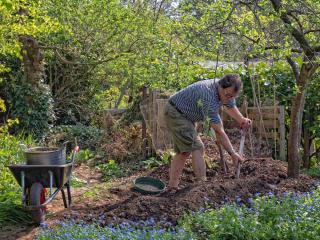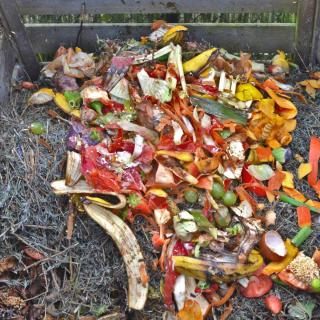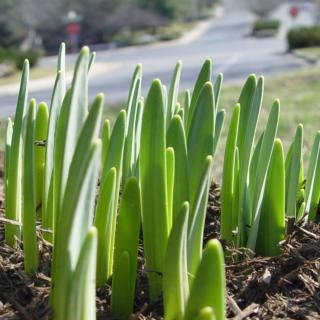

Thanks to composting, vegetable peels and other organic matter deliver extra value. The result? Compost! It benefits your garden, vegetable patch, flower beds and fruit trees, among other uses.
Humus is the most nutritious portion of soil. It comes from decaying leaves and layers the rich soil of forests. When you make compost, you re-create these conditions and transform garden waste into this “black gold”.

This heap of nitrogen and carbon rich waste must be turned on a regular basis, for bits both large and fine to decompose thanks to moisture and the work of various invisible agents like bacteria, fungus, worms…
After several months, the conversion results in dark-colored compost which has acknowledged properties supportive of soil and plant life. The richer the compost, the darker the color.


Compost is also useful when planting fruit trees, and to upgrade the soil after a few years. Add a thin layer of compost topped with straw around the tree trunk and across the entire surface shaded by leaves (the “drip line”).
If sifted gently among the blades of grass in spring, compost helps a lawn grow evenly (also called topdressing for a lawn). Compost also helps shrub hedges and perennial plants grow well when added as a soil conditioner. Finally, use it to fill in garden boxes, mixing it together with one part soil and one part sand.
Last but not least, that pile is a excellent way to attract beneficial animals to the garden. Worms, scavenger insects and even hedgehogs or other cute critters may find that healthy pile of material appealing! Healthy soil thanks to compost is one of the core concepts behind permaculture.